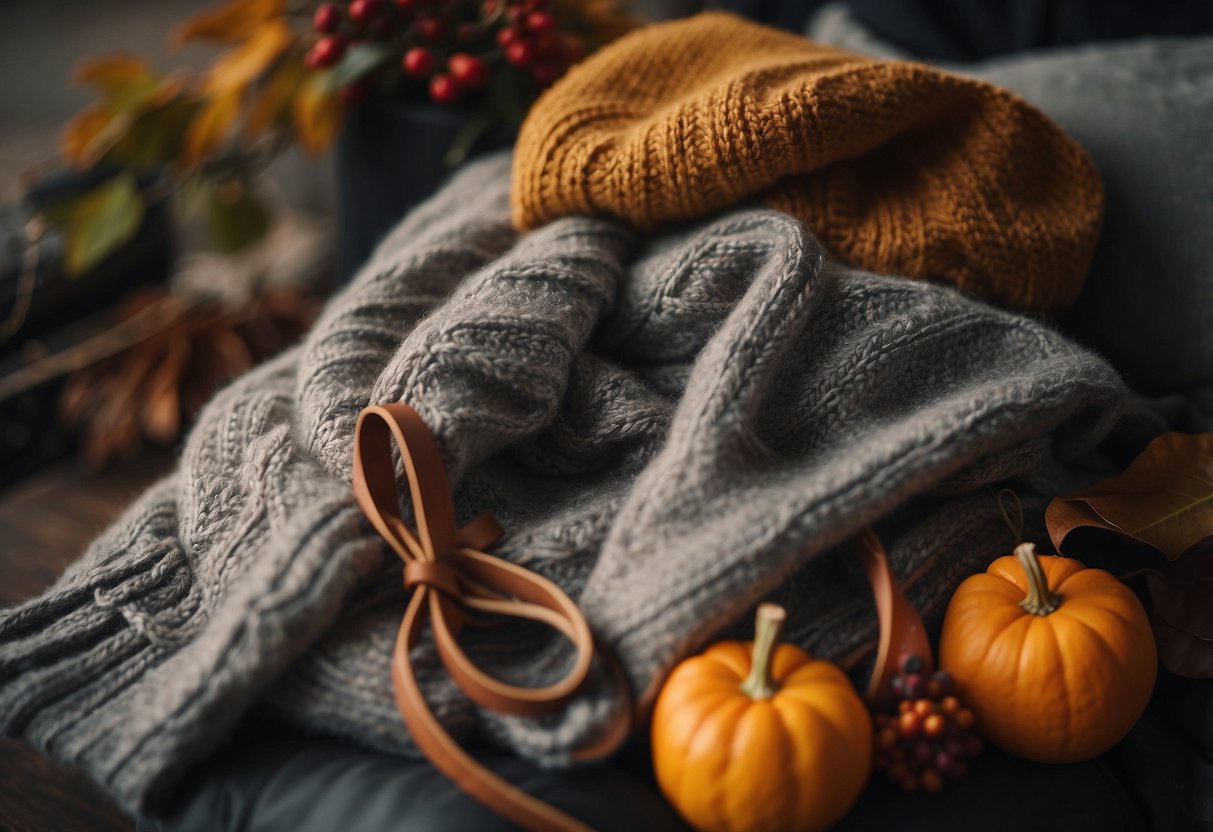
Layering Techniques for Style and Comfort
Layering can enhance both style and comfort, offering versatility with various pieces. Key techniques include balancing proportions and mixing fabrics like wool, cotton, and flannel for added texture and warmth.
Mastering the Art of Layering
Layering is not just about piling clothes on. It’s about achieving a balanced look by considering proportions. Start with a thin base layer, such as a fitted shirt or thermal. This provides a cozy foundation without adding bulk. Next, add a mid-layer like a lightweight sweater or a flannel shirt. This step creates necessary insulation and can also introduce color or pattern.
Finally, top it off with a heavier outer layer like a tailored coat or a down jacket for cold environments. Pay attention to the length of each piece. For instance, a short jacket over a long shirt adds dimension and interest. Keep fit in mind, ensuring that each layer is comfortable and not overly restrictive. Proper layering can transform outfits, providing both functionality and aesthetic appeal.
Combining Different Textures and Fabrics
Mixing various textures and fabrics can bring depth and character to any outfit. Start with a smooth and comfortable base layer, perhaps a cotton or silk top. Flannel can be a great mid-layer option, offering warmth and a rugged texture. The contrast between a soft base and a textured mid-layer adds visual interest.
For outer layers, wool or leather can be excellent choices due to their distinct textures and warmth. Combining these with smoother materials underneath creates a balanced and engaging look. Don’t be afraid to mix unconventional fabrics; for example, pairing a delicate lace with a chunky knit.
Understanding the properties of each fabric helps achieve a harmonious and stylish layered outfit. Different textures can either complement or contrast each other, adding depth without overwhelming the overall look.
Embracing Patterns and Prints
Adding patterns and prints to your wardrobe can elevate your look, bringing a fresh and dynamic flair to daily outfits. Patterns such as florals and geometrics, along with bold prints, offer variety and unique expressions through fashion.
Floral and Geometric Patterns
Floral patterns provide a vibrant, natural feel to attire, suitable for spring and summer seasons. Dresses adorned with floral prints can be paired with neutral accessories to maintain balance. Geometric patterns, which include stripes, checks, and abstract shapes, add a modern, structured touch to outfits. A geometric-patterned shirt can be matched with solid-colored pants to avoid visual clutter.
For layering, one might consider a floral blouse under a geometric-patterned jacket. Coordination of colors is crucial to prevent clashing. Accessories, like scarves and bags, featuring subtle patterns can complement an otherwise simple outfit. Mixing small and large-scale patterns can add depth, as long as the color palettes are harmonious.
Integrating Bold Prints into Your Outfits
Bold prints, including animal prints, polka dots, and tropical motifs, are eye-catching and can be statement pieces. A leopard print skirt, for instance, pairs well with a basic black top, allowing the print to stand out. Polka dots, being versatile, can be subtle in smaller sizes or make a statement when larger.
When incorporating bold prints, it’s important to limit the number of different prints in one outfit. Too many bold elements can overwhelm. Matching a statement piece with understated items keeps the look balanced. Accessories, like printed shoes or belts, might also be a subtle way to introduce bold prints without dominating the entire outfit.
Mix and Match Mastery
Mastering the art of mixing and matching can elevate one’s wardrobe by using existing pieces to create fresh looks. This approach maximizes versatility and ensures that seasonal trends are seamlessly integrated into everyday style.
Creating New Combinations with Existing Pieces
One of the most effective ways to mix and match is by reimagining the wardrobe. Identifying key staples such as a classic white shirt, a pair of well-fitting jeans, or a versatile blazer is crucial. These items form the foundation for creating various ensembles.
Layering plays an important role in maximizing the potential of each piece. Pair a summer dress with a chunky sweater in cooler months, or wear a blouse under a sleeveless dress for a more sophisticated look.
Patterns and textures also add dimension. Mixing a striped top with floral skirts or combining denim with lace can result in unexpected but stylish combinations. Accessorizing with scarves, belts, and jewelry can further transform an outfit without requiring new purchases.
Seasonal Mix and Match Strategies
Seasonal trends often introduce new colors, fabrics, and patterns. Incorporating these elements into the wardrobe doesn’t require a complete overhaul but strategic additions.
For instance, adding a few vibrant, trend-driven pieces in spring or summer can refresh existing neutral items. Layering light jackets or cardigans over summer tops enables a smooth transition into fall.
Utilizing versatile items like lightweight scarves or multi-functional bags ensures that accessories can carry through different seasons. Balance is key – seamlessly blending current trends with timeless pieces avoids the pitfall of looking too seasonal or out of date.
Awareness of current trends, paired with a strategic approach to mixing and matching, enhances both functionality and style, providing a fresh look regardless of the season.



